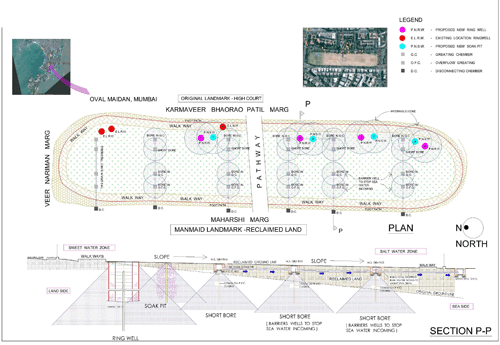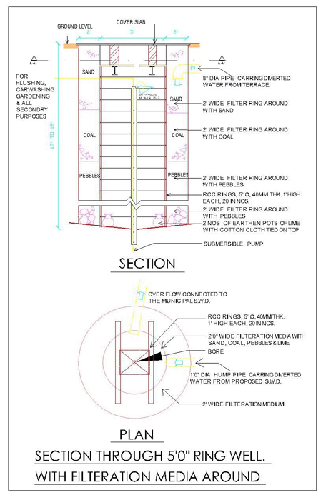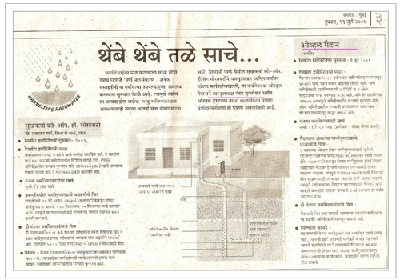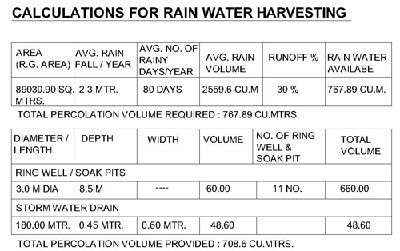Rain Water Harvesting Projects - Oval Maidan
Area of Implementation :
In Our densely populated city, such a facility is hard to corne by especially for the disadvantaged sections of our community. Oval Maidan will tell the story of how citizens succeeded against high odds in bringing to life this recreation ground. The ground is now enjoyed by thousands every day, free of cost, and has shown the way to others to follow this example in the public interest.
Pre Scenario :
The Oval Maidan is a 22 acre recreation ground in the heart of Mumbai owned by the Government of Maharashtra. The Maidan had drainage facility. The rain water was drained by Storm Water Drains. The East side of Maidan is higher West side is lower slopping towards sea. There are six drainage lines having four grating chambers in each slopping towards West side in the catchpits on Road. It was observed that the High Court building was constructed on original land mass, where as Oval Maidan is Reclaimed Land The local geology confirms this,as High court has sweet water well,also old Parsi well is having sweet water but Western side has no water or brackish water.
The Problem :
Ever since the restoration was completed in 1999, the Oval trust has been maintaining the ground in every aspect. The Trustees however noted that, the Municipal potable water supply to the ground came only for 2 hours every day and was totally inadequate for the large space in question with its very high usage. In addition in a city facing an acute water shortage it seemed to the Oval Trust to be wasteful to use potable drinking water to green the maidan. This potable water could well be diverted for the city's needs. With this in mind the Trust was looking at various options for harvesting rain water. Therefore when a donor came forward with an offer of doing a Rain Water Harvesting Project in maidan, it made eminent good sense. Trustees put this offer before the State Government for their permission and they readily agreed. After this was approved by the State Government, as the technical experts, we surveyed the whole area and made a report suggesting the best method for Rain Water Harvesting.

WORK IMPLEMENTED AND TYPE OF INNOVATIVE METHODOLOGY / TECHNOLOGY ADOPTED
It was observed that there was possibility of having sweet water source existing in sandy soil on Eastern side. Hence Hydro-geological Survey was carried out to find out effective porosity than located four points, which are porous & likely to have caverns. We harvested rain water at these points so that we can retrieved it back. If we go deep here, it is likely that we may come across marine clay & may cause entry of brackish water, hence ring wells are advisable. & other three ring wells would be in the Southern part which will bring balance to the water supply.
The concept of Rain Water Harvesting here is, existing drainage system was designed to take out all monsoon water, now it is changed by stopping the same and percolated there it self if the sand.
There are short bores in existing grating / outlet chamber, where the water is percolating through short bores. The water is stopping by baffle wall in the last line of grating chambers. If it rains heavy, then the overflow system would work & would remove all excess water. By this, the brackish water on Western side also would be pushed back increasing sweet water hydraulic cones. The numbers of hydraulic cone generated would increase sweet water capacity below the ground, which should be enough for watering the ground after the monsoon. Also a plan explaining this should be put on the gates explaining the water harvesting scheme to masses.
In this case, rain water falling on the ground is not allowed to go outside the ground freely. This water is stopped percolated at the greater depths by designing sump wells at existing outlets points.
By doing this, we are not harming the existing drainage system at all.The said charged water is extracted out through the ring wells, which are on the fringe of the Oval Maidan mostly on South - East.




